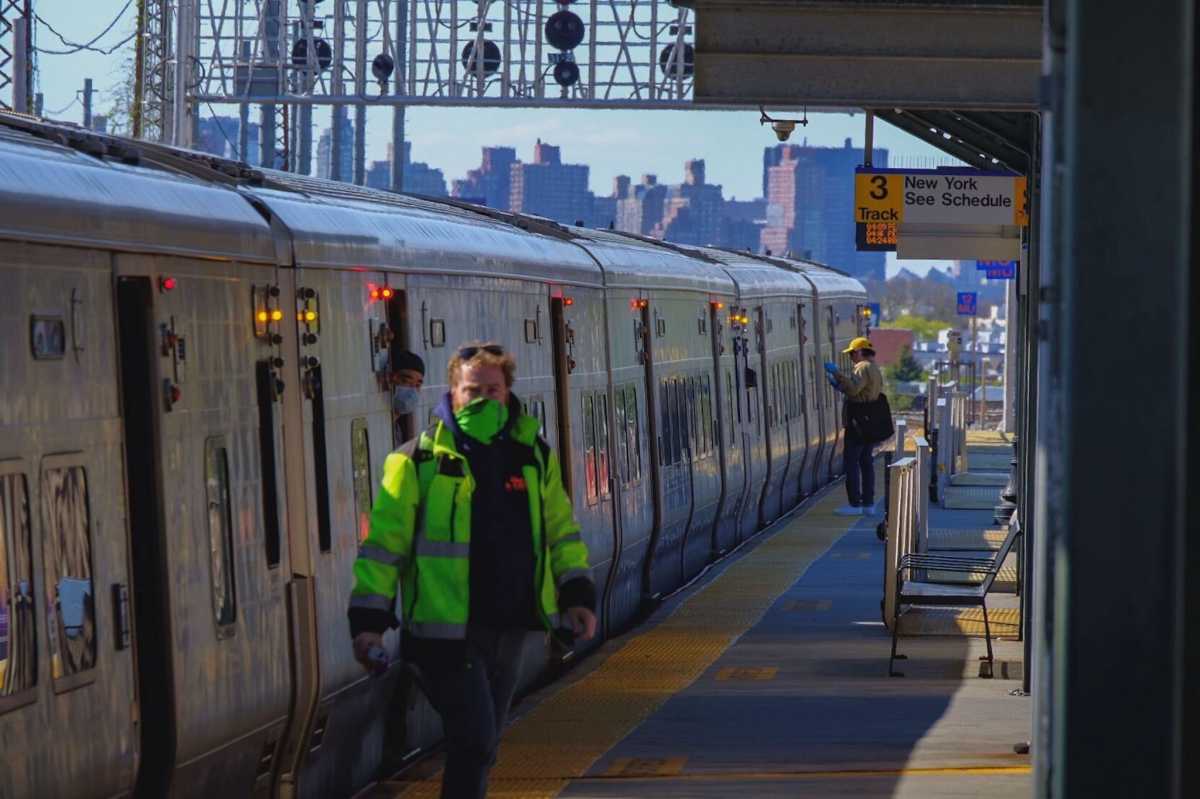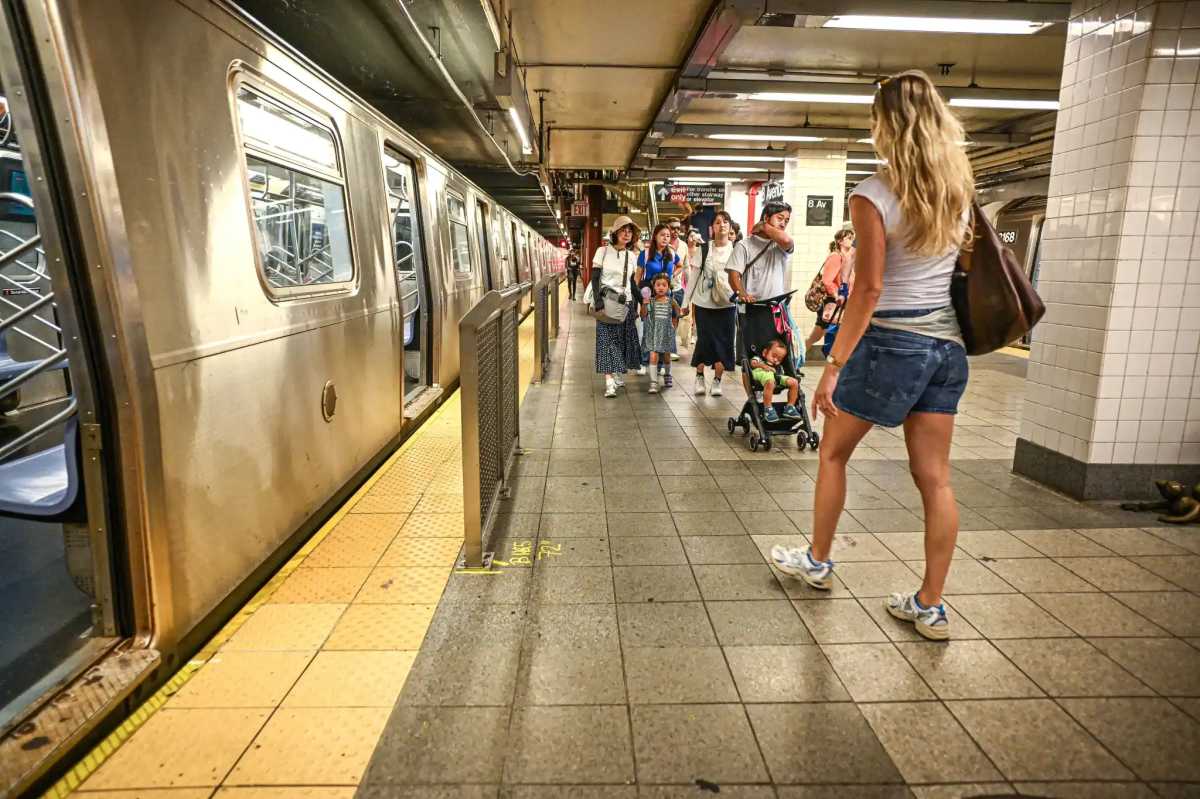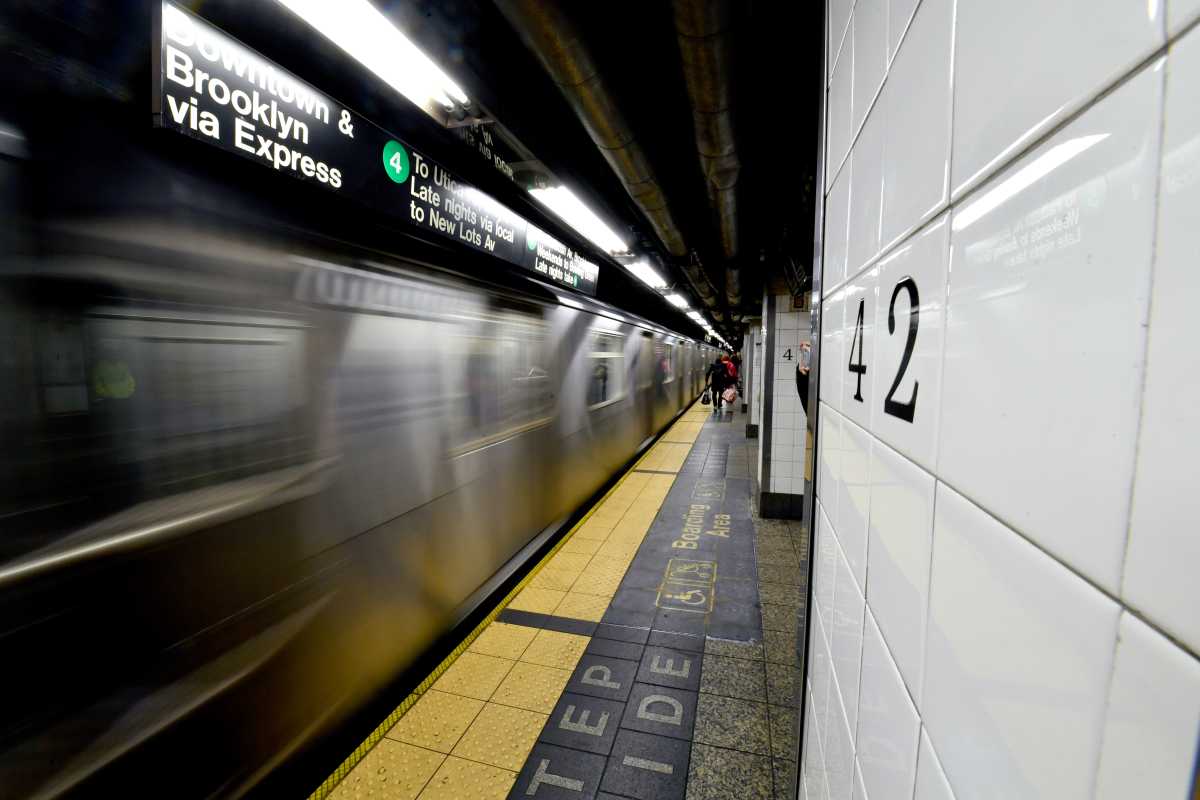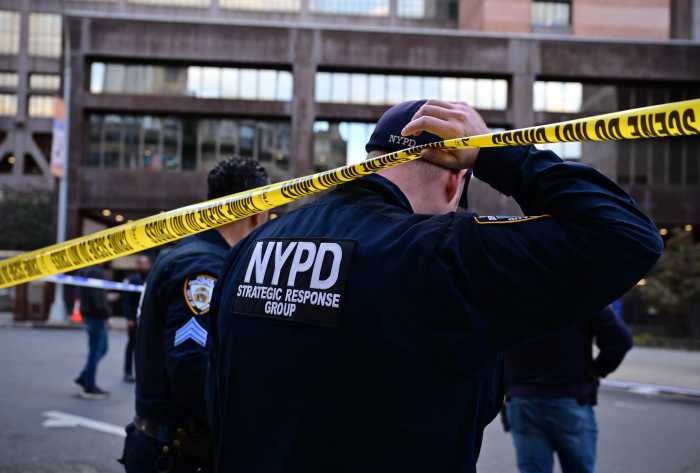The pieces are falling together for transit agencies starved of funding after the COVID-19 pandemic wiped their coffers of riders – and revenue.
But the hope transit leaders and the like have been holding out for seems to be just around the corners as the prospect of a White House led by President-elect Joe Biden could make good on campaign promises that designed deliver resources to managing agencies across the country.
The Biden campaign has promised to provide American cities with over 100,000 residents with zero emissions transportation options with federal support as long as they create union labor jobs. Types of transit in the campaign’s literature ranges from light rail, projects to improve existing systems as well as the creation of infrastructure for bicycles and pedestrians.
The need for COVID-19 related funding through stimulus funding has been nagging at leaders of the MTA and Port Authority since CARES Act funding was exhausted in June. But the MTA has all but written off their ask for $12 billion to pull them through the end of 2021 as futile, with Chairman Pat Foye stating repeatedly in the past that perhaps a new White House administration would deliver.
“I will note that former Vice President Biden has been a regular commuter on Amtrak and has been a supporter of mass transit and public transit his entire career. I believe that he’s got a different view of the importance of mass transit and public transit, including in the New York City region,” Foye said in an early September interview.
Up to 40 percent services cuts and a $1 fare hike are currently on the table to be decided on at the MTA’s Nov. 18 board meeting.
But one of the roadblocks to stimulus funding remains: Senate Majority Leader Mitch McConnell persevered through a challenged in his home state of Kentucky, and will likely continue to be the deciding factor to which bills go to the floor for a vote in the Senate chamber.
Carlo Scissura, president of the New York Building Congress, said the benefits of a Biden administration could be broader for transit infrastructure projects than the MTA and that there could be the added benefits to seeing the Gateway Program – which will provide additional rail capacity between New York and New Jersey.
“Any relief plan must include direct funding to both the city and state of New York, as well as the Port Authority and MTA,” Scissura said. “It has been proven that infrastructure investment in times of crisis can uplift our nation, and now as much as ever before, our country needs a significant federal infrastructure stimulus plan – one that includes funding for the most important infrastructure project in America, the Gateway Program.”
While not in as rough a shape as the MTA, which in better times transports up to 8 million per day, the Port Authority of New York and New Jersey has been in need of $3 billion to see the completion of upgrades to JFK, LaGuardia and Newark airports.
Biden, who was known as a regular commuter on Amtrak, also pitched the intention to create more jobs through infrastructure projects that range from roads, bridges, green spaces, water systems, electricity grids as well as universal broadband.
The president-elect has promised to create stateside jobs in the auto industry, domestic auto supply chains and auto infrastructure with green energy at its core.
Among other items on New York City’s transportation checklist remaining in limbo is federal consent for New York state to implement congestion pricing in Manhattan’s central business district which they expect to use to modernize the subways and buses.
This story originally appeared on amny.com.





































